The world’s longest-running science experiment, ongoing for nearly 100 years, continues to reveal important insights into physical phenomena.
In Australia, a science experiment has been running for nearly 100 years.
Known as the Pitch Drop Experiment, it is famous for being the slowest scientific experiment ever.
Started in 1927, this unique project continues to capture the interest of both scientists and the public.
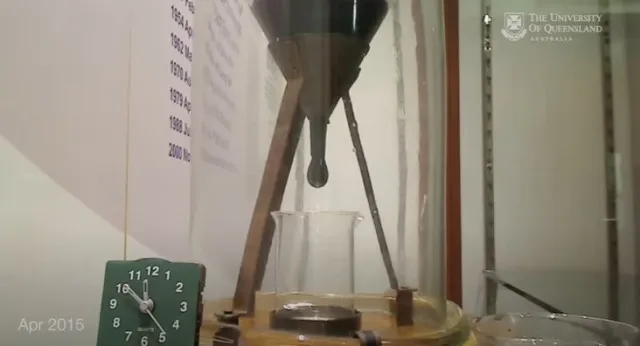
What is the Pitch Drop Experiment?
The Pitch Drop Experiment began at the University of Queensland in Brisbane.
It was created by Professor Thomas Parnell to demonstrate a fascinating property of certain materials.
He wanted to show that some substances that look solid are actually very thick liquids. This kind of liquid is called a viscous fluid.
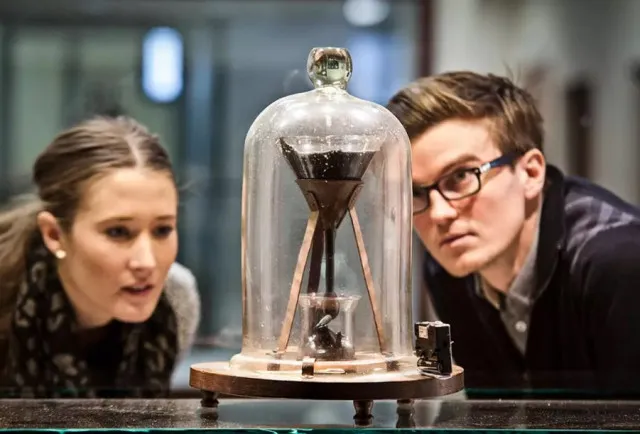
The substance used in this experiment is called pitch, which is a byproduct of tar.
Pitch is known for being extremely thick, and it behaves more like a liquid than a solid.
In fact, it was once used to waterproof boats because of its unique properties.
How does it work?
To start the experiment, Professor Parnell heated the pitch and poured it into a glass funnel.
After letting it cool, he allowed it to sit for three years. In 1930, he cut the stem of the funnel.
Since that moment, the pitch has been slowly dripping out of the funnel.
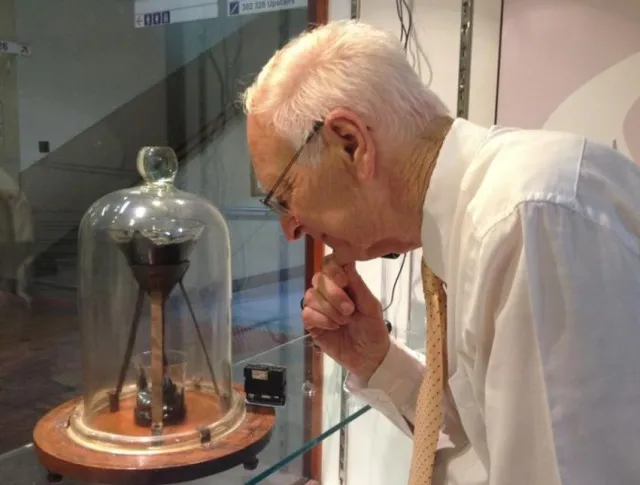
The process is incredibly slow; in fact, it is so slow that only nine drops have fallen in almost 100 years. The last drop fell in April 2014.
This means that, on average, a drop occurs approximately once every decade!
The fascination with the experiment
The Pitch Drop Experiment has gained a lot of attention over the years.
It holds the Guinness World Record for the longest-running laboratory experiment.
People are intrigued by the idea that something can take so long to produce such a simple result.
The slow pace of the experiment has led to many discussions about time and the nature of materials.
It reminds us that not everything in science happens quickly. Some processes take a long time to observe, and that can be just as valuable.
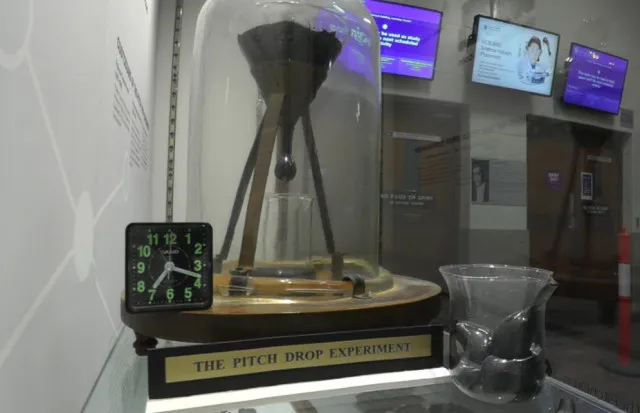
The current status of the science experiment
Currently, Professor Andrew White oversees the experiment. He has made some adjustments to the setup over the years.
For example, when the ninth drop fell, he had to replace the beaker that held the previous drops.
Unfortunately, during this process, the base of the new jar wobbled, and the ninth drop fell off before it could fully combine with the previous drops.
As of now, the experiment continues, and the tenth drop is expected to occur sometime in the 2020s.
Scientists and enthusiasts are eagerly waiting for this next drop, which could happen at any moment.
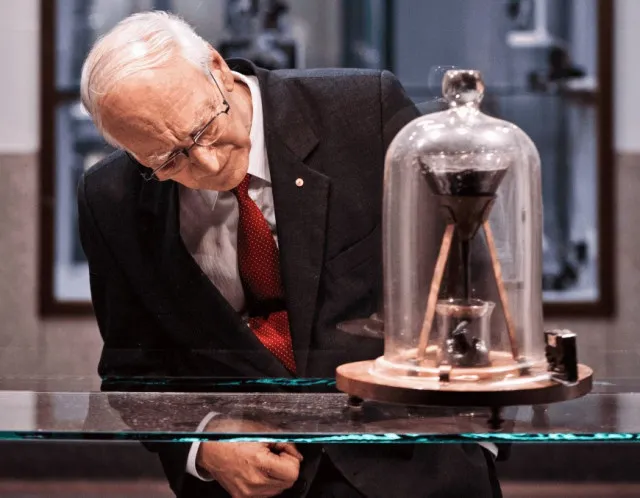
Why the science experiment is important?
The Pitch Drop Experiment is more than just a curiosity.
It serves as a powerful reminder of patience in scientific research.
Many scientific discoveries take time, and this experiment illustrates the value of long-term observation.
Moreover, it has educational significance.
Students and the general public can learn about viscosity, material properties, and the scientific method through this ongoing project.
It sparks interest in science, encouraging people to ask questions and seek answers.